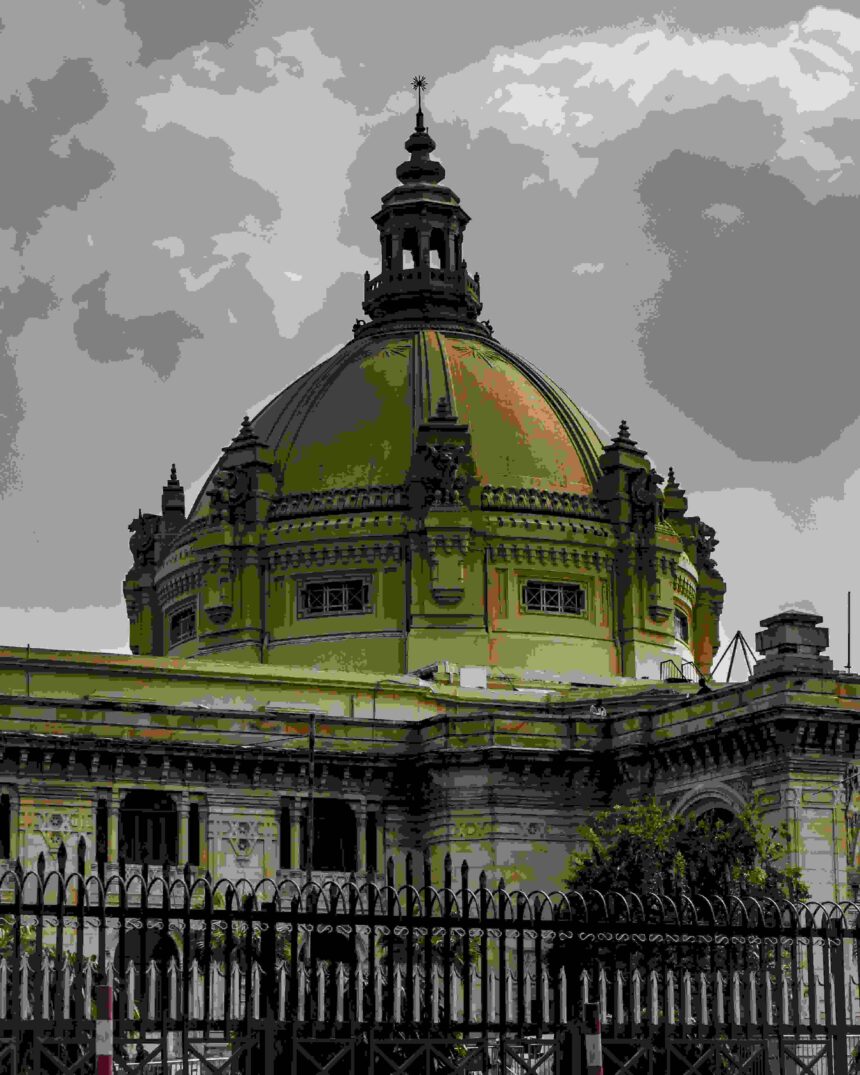A Persistent Stain on Democracy
Uttar Pradesh (UP), often regarded as the political heartbeat of India, has long grappled with the scourge of corruption. With its vast bureaucracy and sprawling political machinery, allegations of corruption—ranging from embezzlement in welfare schemes to misuse of public office—frequently make headlines. As the state advances ambitious development projects and welfare programs, the pressing question remains: Is political corruption in UP a relic of the past, or is it still thriving under new guises?
Key Metrics
- Rank in Corruption Perception Index: UP consistently ranks among the top states for reported corruption cases in India. (India Corruption Survey, 2022)
- Public Perception: Nearly 70% of citizens in UP believe that corruption is prevalent in public services. (Transparency International India)
- Conviction Rates: Of the 2,000+ cases registered under the Prevention of Corruption Act in the last five years, conviction rates remain under 10%. (State Vigilance Department Report, 2023)
Forms of Political Corruption in UP
1. Welfare Scheme Mismanagement
Corruption in welfare programs intended to benefit marginalized communities remains a recurring issue.
- Case in Point: The Pradhan Mantri Awas Yojana faced allegations of funds being siphoned off through ghost beneficiaries.
- Impact: Genuine beneficiaries are often denied access to housing, healthcare, and rations.
2. Land and Infrastructure Scams
As UP undergoes rapid infrastructure development, land acquisition and project implementation have been marred by irregularities.
- Example: Land acquisition for expressways such as the Purvanchal Expressway saw inflated compensation claims and questionable land deals.
3. Bribery in Bureaucracy
Bribery remains endemic in public offices, affecting everything from obtaining a driving license to securing government contracts.
- Impact: Citizens, particularly in rural areas, bear the brunt of these practices, further eroding trust in governance.
4. Electoral Malpractices
Money and muscle power continue to influence elections, with allegations of vote-buying and misuse of official machinery.
High-Profile Cases of Political Corruption
- Noida Authority Scandal:
Allegations of land allotment irregularities involving senior bureaucrats and politicians exposed systemic corruption in urban development. - Midday Meal Fraud:
Reports revealed inflated procurement costs and diversion of funds in the state’s midday meal scheme, depriving children of basic nutrition. - Sugar Mill Sale Scam:
Controversial privatization of sugar mills during the previous governments resulted in significant losses to the state exchequer.
Government’s Efforts to Combat Corruption
1. Technology-Based Governance
- E-Tendering Systems: Introduced to curb corruption in government contracts, ensuring transparency in procurement processes.
- Digital Land Records: Initiatives like Bhulekh UP aim to digitize land records to prevent fraudulent transactions.
2. Anti-Corruption Drives
- Special Vigilance Units: The Yogi Adityanath government established dedicated vigilance units to investigate corruption cases in government departments.
- High-Profile Arrests: Actions against senior officials and contractors have been taken to deter misuse of public funds.
3. Citizen Feedback Mechanisms
Platforms like Jan Sunwai Portal allow citizens to report grievances related to corruption, fostering accountability.
Challenges in Tackling Corruption
- Low Conviction Rates: Despite numerous cases being registered, lack of evidence and lengthy judicial processes result in poor conviction rates.
- Political Interference: Investigations into corruption often face political pressure, hindering impartial action.
- Systemic Issues: Deeply entrenched corruption in lower bureaucratic levels makes reform challenging, particularly in rural areas.
Is Change on the Horizon?
While UP has introduced measures to curb corruption, significant gaps remain in implementation and enforcement. The digitalization of processes and increased vigilance offer hope for transparency, but systemic change requires sustained political will and robust institutional mechanisms.
Steps Forward:
- Strengthen Vigilance Bodies: Grant anti-corruption agencies greater autonomy to investigate without political interference.
- Fast-Track Judicial Processes: Establish special courts to expedite cases under the Prevention of Corruption Act.
- Empower Citizens: Promote public awareness and engagement to hold officials accountable for misuse of power.
Conclusion
Political corruption in Uttar Pradesh continues to cast a shadow over governance and public trust. Despite strides in digital governance and targeted anti-corruption measures, deeply rooted practices and structural challenges hinder significant progress.
The future of corruption-free governance in UP hinges on stronger accountability mechanisms, citizen empowerment, and unwavering political will. Whether the state can shed its reputation for systemic corruption and embrace transparent governance remains a test of its commitment to democratic ideals.


Leave a Reply